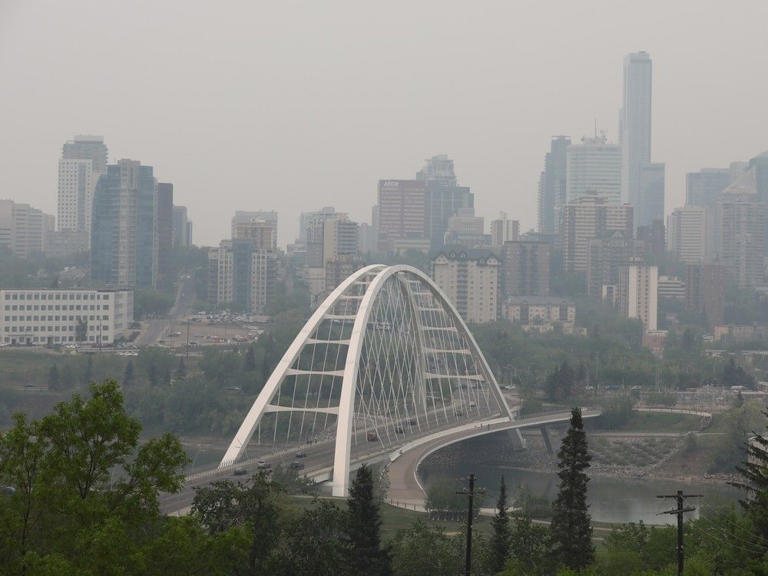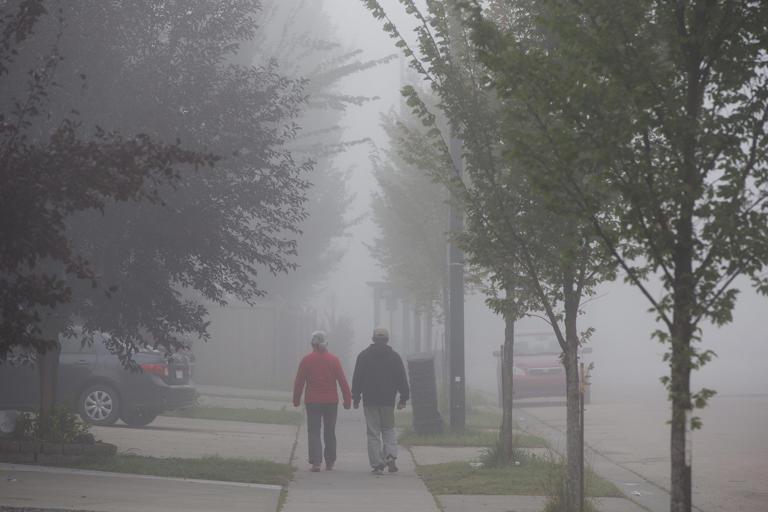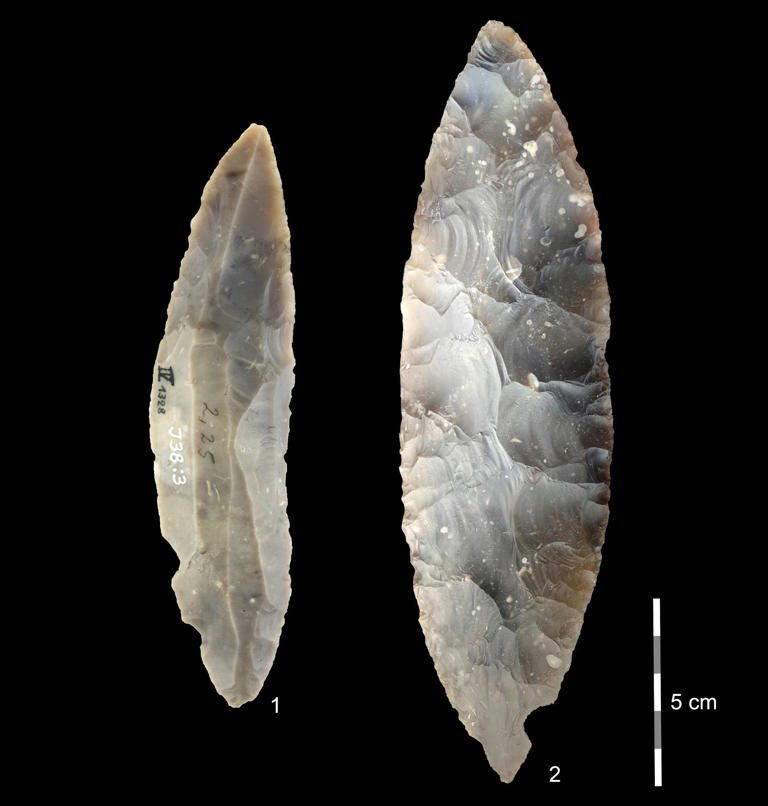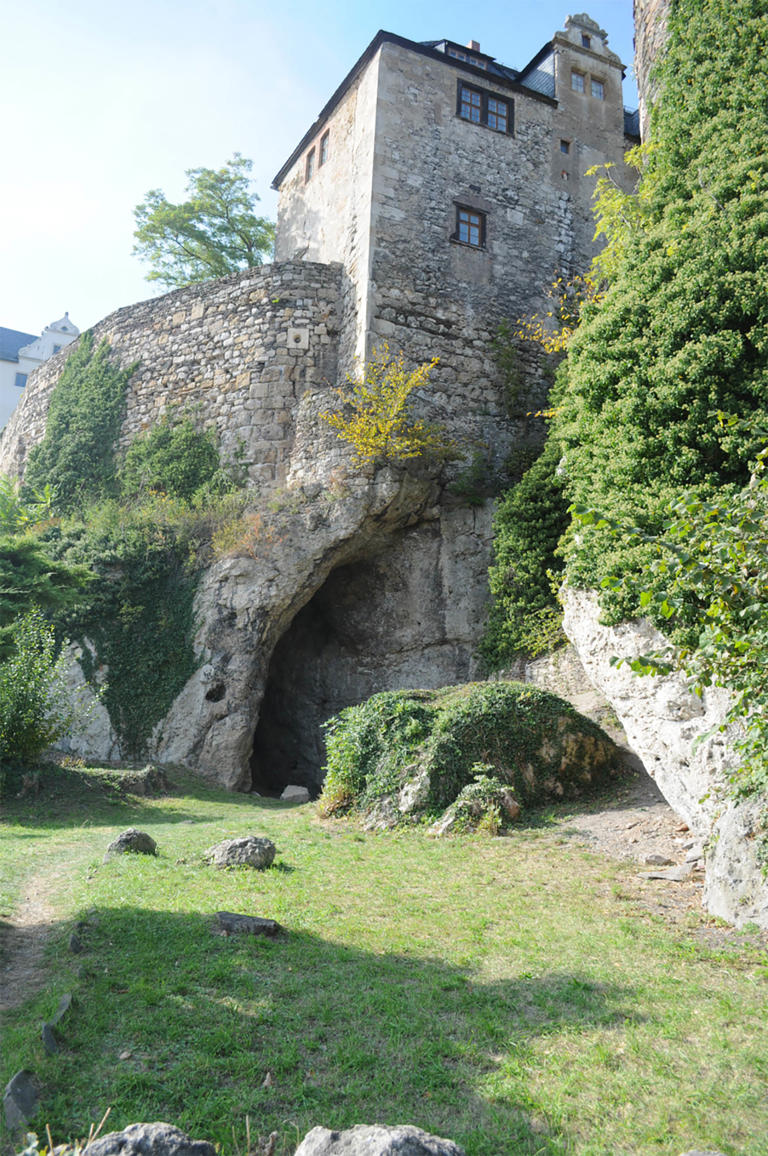Scientists offer evidence to support possible Great Sphinx origin story
•
Now, a new study offers evidence to suggest that theory might be plausible, according to a news release from New York University.
A team of scientists in NYU’s Applied Mathematics Laboratory set out to address the theory by replicating the conditions of the landscape about 4,500 years ago — when the limestone statue was likely built — and conduct tests to see how wind manipulated rock formations.
“Our findings offer a possible ‘origin story’ for how Sphinx-like formations can come about from erosion,” said senior study author Leif Ristroph, an associate professor at New York University’s Courant Institute of Mathematical Sciences, in a news release. “Our laboratory experiments showed that surprisingly Sphinx-like shapes can, in fact, come from materials being eroded by fast flows.”
The team behind the study, which the release said had been accepted for publication in the journal Physical Review Fluids, created clay-model yardangs — a natural landform of compact sand that occurs from the wind in exposed desert regions — and washed the formations with a fast stream of water to represent the wind.
Based on the composition of the Great Sphinx, the team used harder, non-erodible inclusions within the featureless soft-clay mound, and with the flow from the water tunnel, the researchers found a lion form had begun to take shape.
Within the desert, there are yardangs that exist that naturally look like seated or lying animals with raised heads, Ristroph told CNN. “Some of them look so much like a seated lion, or a seated cat, that they’re sometimes called Mud Lions. … Our experiments could add to the understanding of how these yardangs form,” he said.
More on the mysterious Great Sphinx origins
While the Great Sphinx of Giza has its mysteries — what it originally looked like and why it was made — it is believed that the 66-foot-tall (20-meter-tall) statue was carved out of a single piece of limestone.
The original theory that wind had shaped a yardang into the Sphinx’s formation was first featured in a 1981 Smithsonian Magazine article by El-Baz titled “Desert Builders Knew a Good Thing When They Saw It.”

Researchers at New York University's Applied Mathematics Laboratory created clay models of the Great Sphinx that incorporated harder inclusions. The team washed the models with a fast stream of water to represent the wind and its erosion effects. - NYU's Applied Mathematics Laboratory© Provided by CNN
The premise was based on leading work by the late planetary geologist Ronald Greeley, who had simulated wind tunnels to explore how wind erosion can shape structures in the desert, El-Baz told CNN in an email.
El-Baz said he did not believe this new study provided any more support to his original theory.
Salima Ikram, distinguished university professor of Egyptology at the American University in Cairo, questioned altogether the idea that the Sphinx had started with a yardang.
“Once the Great Sphinx was carved, nature played a part in its further formation, but it is unlikely that the original form was based on a yardang (which are generally of mud — this is limestone) as there are significant quarry marks and working marks surrounding it,” said Ikram, who was not involved in the study, in an email.
“There is too much evidence of human intervention in the construction of the Great Sphinx to make the yardang theory feasible,” Ikram said.
The New York University researchers said their results suggest that Sphinx-like structures can form under fairly commonplace conditions, but their findings don’t resolve the mysteries behind yardangs and the Great Sphinx.
“It’s not so black and white. … No one says this is an entirely human carved thing and no one says it’s entirely nature carved. The question is how much was naturally existing and then further modified,” Ristroph told CNN. “What our (study) would do is tell you that much of the head base, the neck and the paws, much of that is possible to carve by nature, by erosion.”

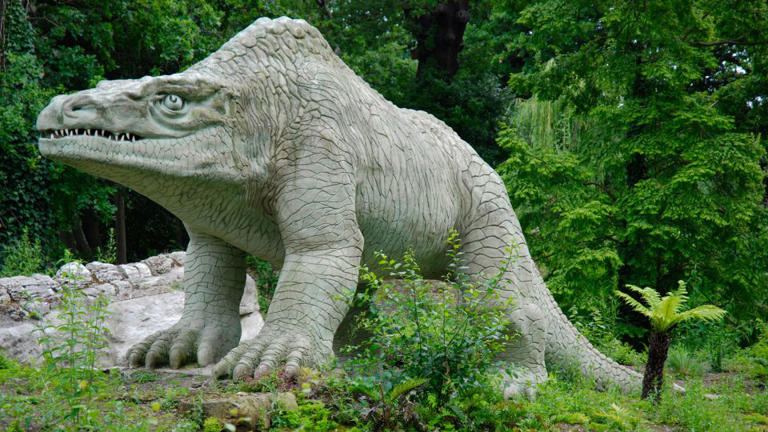
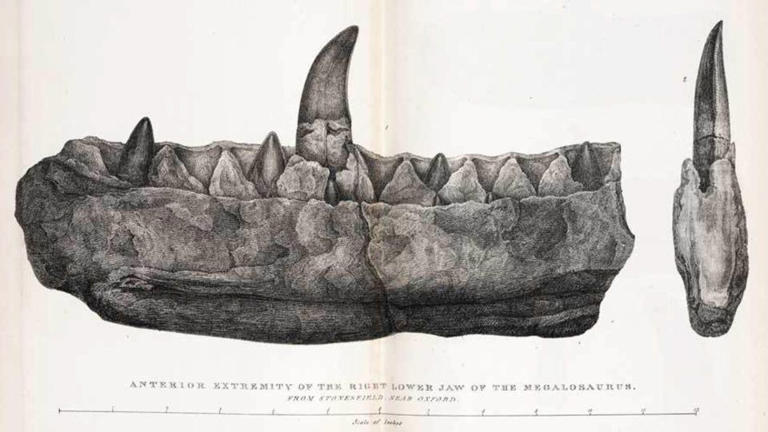




 Global News
Global News